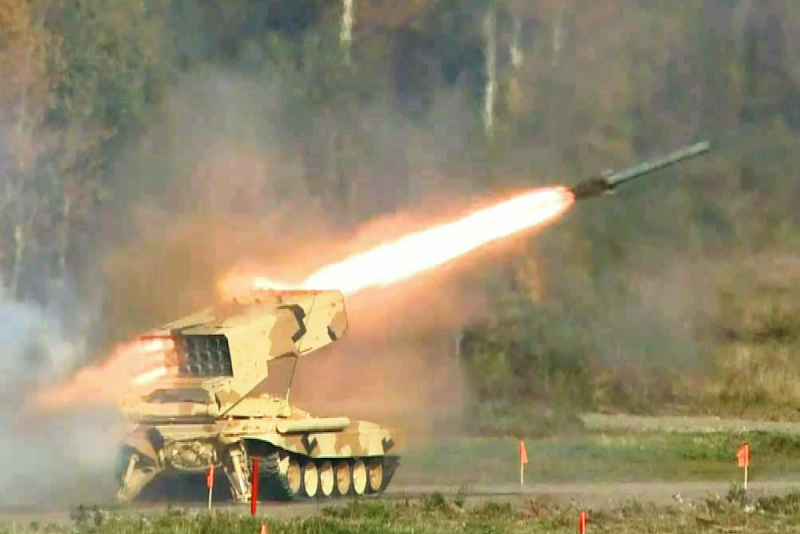Two Years of Russia-Ukraine War - 2
On February 24, the ongoing conflict between Russia and Ukraine would complete two years of hostility. This conflict has witnessed many firsts. The conflict has ushered in a completely new era of warfare. World over militaries are changing their weapons development, procurement and operational tactics. Many of the prized possessions of militaries like big naval ships, 4++ gen fighters, armoured platforms, air defence systems etc. have turned out to be a liability which needs to be protected. Small and low tech drone have emerged as weapons of choice. There is also revival of trench lines and brutal attrition warfare.
The idea behind is to allow readers to witness how this war has changed and also changed the way we perceived war and national power.
IDI and its e-magazine GeoStartegy have published stories and analysis pertaining to the conflict. Those would be republished here for the reader’s sake. IDI would also publish a new series of analytical pieces under ‘Lessons of Ukraine War’. Happy Reading.
Coverstory/Military - GeoStrategy - April-May 2022
Shock and Awe: Lessons from the Ukraine War
By Rakesh Krishnan Simha





